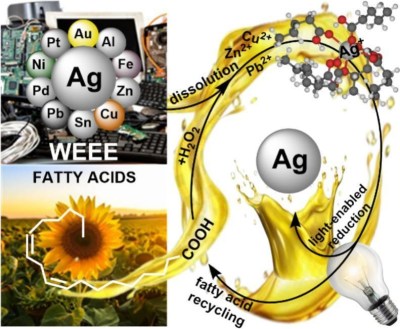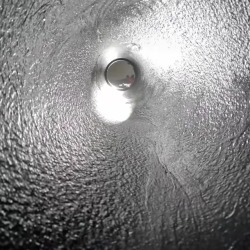A new kind of ‘camera’ is poking at the invisible world of the human body – and it’s made from the same weird crystals that once shook up solar energy. Researchers at Northwestern University and Soochow University have built the first perovskite-based gamma-ray detector that actually works for nuclear medicine imaging, like SPECT scans. This hack is unusual because it takes a once-experimental lab material and shows it can replace multimillion-dollar detectors in real-world hospitals.
Current medical scanners rely on CZT or NaI detectors. CZT is pricey and cracks like ice on a frozen lake. NaI is cheaper, but fuzzy – like photographing a cat through steamed-up glass. Perovskites, however, are easier to grow, cheaper to process, and now proven to detect single photons with record-breaking precision. The team pixelated their crystal like a smartphone camera sensor and pulled crisp 3D images out of faint radiation traces. The payoff: sharper scans, lower radiation doses, and tech that could spread beyond rich clinics.
Perovskite was once typecast as a ‘solar cell wonder,’ but now it’s mutating into a disruptive medical eye. A hack in the truest sense: re-purposing physics for life-saving clarity.



















